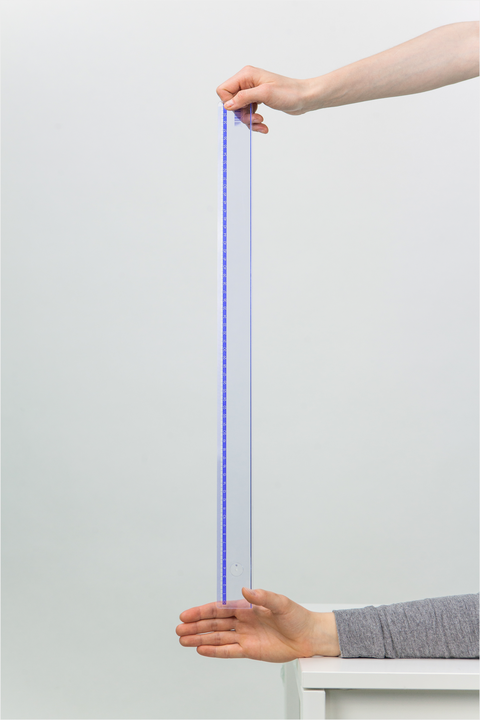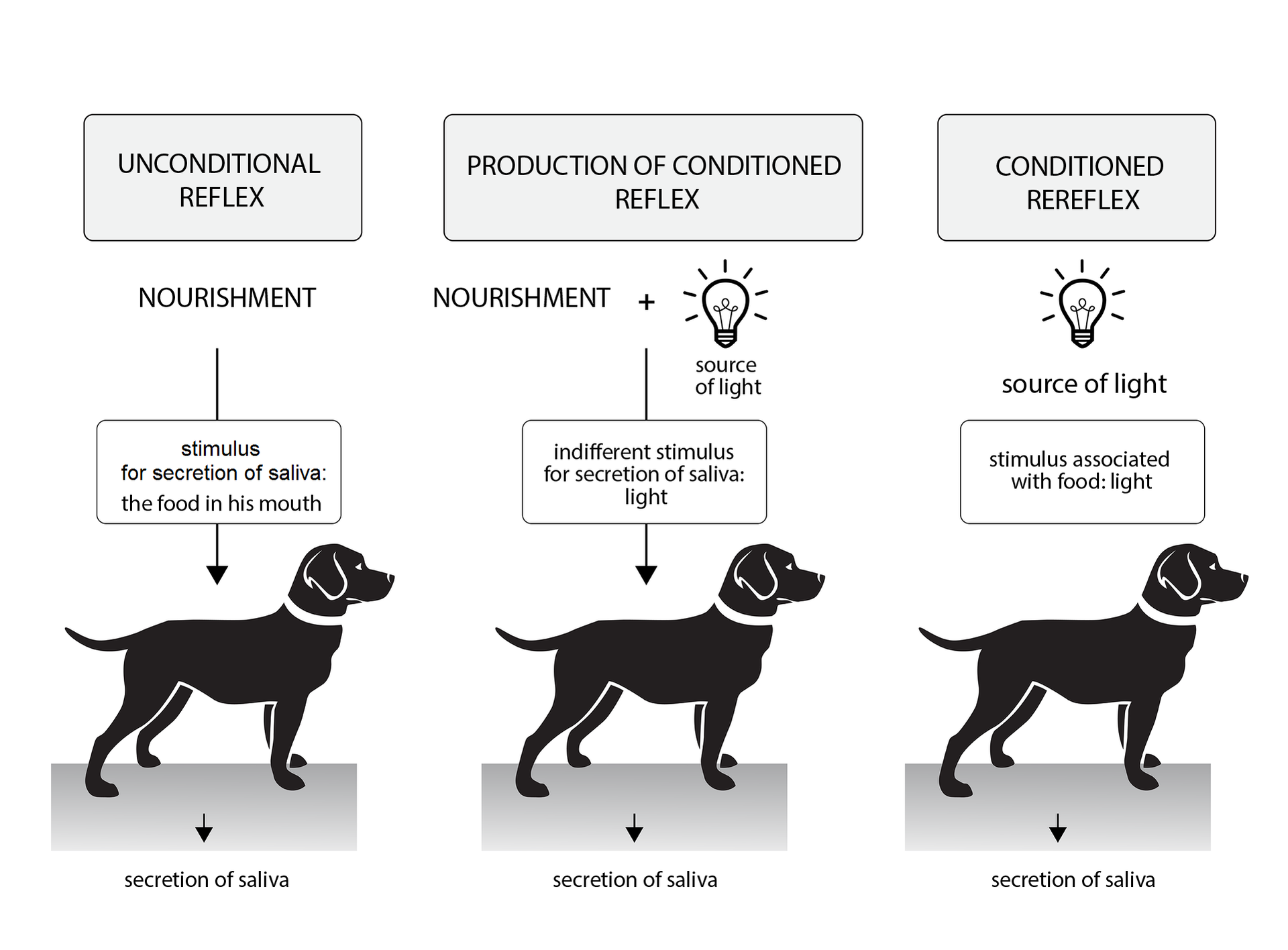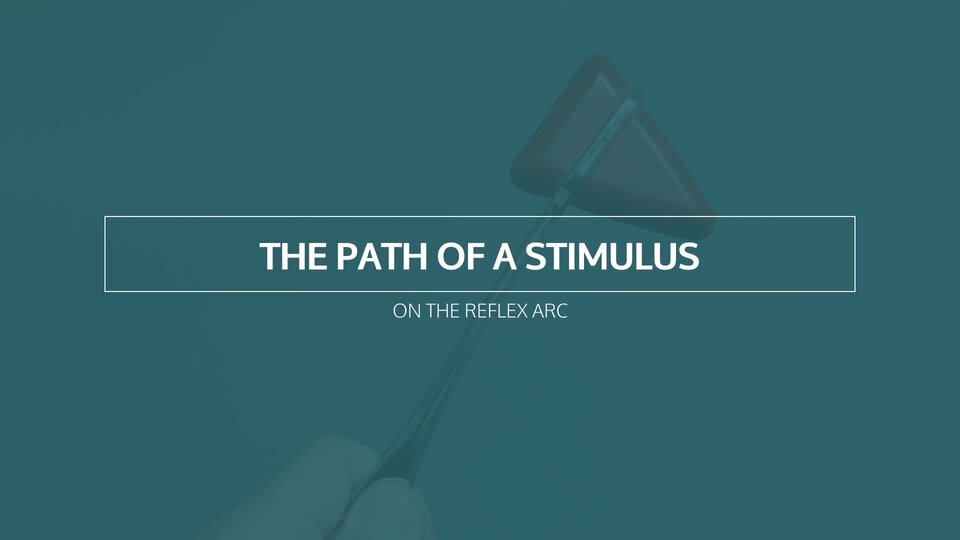Unconditioned and conditioned reflexes
organs of senses provide the body with important information;
information in the nervous system is transferred via neurons as neural impulses;
neuron transfers information from dendrites to axon;
to explain the build of the central nervous system;
to describe the functions of sensory and motor nerves;
to explain the path of a neural impulse using the schematic drawing of a reflex arch;
to present unconditioned (inborn) and conditioned reflexes and compare them with each other.
Central nervous system
Central nervous system is created by symmetrically arranged (paired) cranial nerves and spinal nerves which are connected with the central nervous system. Cranial nerves enter the encephalon and leave it through openings in the cranium. Impulses travel through them between the encephalon and part of the head and neck (e.g. information received by the sensory organs of the head and neck, as well as instructions for those parts of the body). Spinal nerves are the nerves of the torso and the limbs. Nerves create a large and complex network which reaches receptors and executive organs: muscles and glands.
Taking into consideration the direction in which a neural impulse is conducted by the fibers of the peripheral nerves, we divide nerves into:
sensory nervessensory nerves, which conduct information from the external and the internal environment of the body into the central nervous system (e.g. optic nerve);
motor nervesmotor nerves, which conduct the decisions of the central nervous system to the effectors, which are muscles or glands, e.g. nerves that cause the eyeball movement.
Verifying reaction time.
2 people,
60 cm long ruler,
notebook and pen to write the results down.

One person puts the outer side of the hand on the table. Fingers, positioned to grasp, should be outside the table
The other person holds one end of the ruler and places the other end between the thumb and the rest of the fingers of the other person.
The helper suddenly drops the ruler, and the subject of the experiment has to try and catch it as quickly as possible. The measurement of the reaction time is the reading from the ruler in the place where the hand caught it.
This experiment should be repeated 10 times and from that, the average reaction time of the subject is measured.
Reaction time in case of catching the ruler at the height of ca. 20 cm is about 0.2 sec, and at 40 cm – ca. 0.3 sec.
Unconditioned and conditioned reflexes
Nervous system allows a quick reaction to information from the environment. Usually, the reaction time is important, e.g. if a swift escape can decide whether someone lives or dies. Your body has a set of typical, automatic reactions – reflexesreflexes.
Reflexes can be divided into unconditioned and conditioned. Unconditioned reflexes (inborn reflex)Unconditioned reflexes (inborn reflex) are genetically programmed, cannot be changed and don’t disappear. They are performed automatically, without your will or you being conscious of them. They usually happen through spinal cord and encephalon, without the participation of the cortex, which explains the speed of the reaction. They are responsible for maintaining basic life functions and the work of internal organs; they have defensive significance for the body. An example of this can be the reflexes of sneezing, coughing, vomiting that appear as a reaction to a foreign, unnecessary substances that enter our digestive tract or respiratory system.
Conditioned reflexesConditioned reflexes are created during your entire life, they can be controlled and modified, and those that were not fully learnt become weaker or disappear, e.g. biting your nails, pressing a break when you are driving and you are approaching an obstacle, looking around before crossing the street. They take place because of our will, with the participation of the cerebral cortex. Conditioned reflexes have adaptive significance for the body.
The mechanism of how they are created was discovered by a Russian scientist, Ivan Pavlov. He investigated the reaction of saliva production while eating. Every time before he gave his dogs food, he switched on the light. After some time, the animals began to react with increase in saliva production already when they saw the light.

Investigate the saliva production when the mucous membrane of the oral cavity becomes irritated.
you,
a grain of raw bean or pea.
Swallow. Put the bean into your mouth and move it around.
Observe the amount of saliva.
An object held in your mouth was interpreted by the oral cavity receptors as a stimuli. As a reaction, the salivary glands increased the amount of saliva produced. An automatic reaction happened, without our consciouscness.
Investigate the saliva production because of lemon.
students,
photographs of a lemon,
slices of lemon (previously washed and disinfected in hot water).
Divide the participants into 3 groups which will be working in 3 different rooms.
Participants from group 1 put lemon slices in their mouth.
Participants from group 2 look at a photograph of a lemon.
Participants from group 3 are asked to imagine a lemon.
Participants observe the production of saliva in their mouth.
Production of saliva is the result of tasting the lemon (unconditioned reflex), looking at it and even thinking about it (conditioned reflex). Conditioned reflex happens only in people who had lemons before. When we saw a lemon for the first time, its looks were a neutral stimuli for us. Only after tasting it we associated the sour taste (stimulus responsible for producing saliva in the unconditioned reflex) with the neutral stimulusstimulus (seeing the fruit or even hearing the name of the fruit).
Reflex arch
The requirement for the unconditioned reflex to happen is the receptor receiving an important signal for our life. This can be e.g. too high temperature of the glass we just grabbed. This type of information is carried by the sensory neurons from the skin of our hand to the spinal cord. There, it is recognized. The spinal cord sends a response with the motor neurons to the executive organs, in this case to the muscles of the hand, which quickly open the hand and move it away. The reaction time from the moment of burning your hand to the moment of dropping the glass is really short.
The path the neural impulse covers from the receptor to the effector is called reflex archreflex arch. Most of the time, it consists of 5 elements:
receptor, composed of specialized cells (e.g. in sensory ograns) or free nerve endings (e.g. in the skin) which receive stimuli and convert them into an electrical neural impulse;
sensory neurone, which transfers the neural impulse from the receptor to the central nervous system;
nerve centre in the spinal cord or the encephalon, in which the impulse is processed and from where the answer to a given stimuli is sent to the body;
motor neurone, which transfers the neural impulse to the executive organ;
effector, that is an executive organ in form of a muscle, which contracts, or a gland, in which the secretive function begins.
In transferring information between the sensory neurons and the motor neurons, the associative neurons (interneurons) act as intermediaries. They are found in the spinal cord. The more complex the reflex is, the more intermediary neurons are there between the sensory and the motor neuron. In a simple knee jerk reaction, there are only 2 neurons: sensory and motor. In the reaction of flexing your burnt hand, there are 3 neurons that participate, including 1 cognitive one. When you step on something sharp with your bare foot, you will move the foot away and shout in pain. There are several associative neurons that participate in this reaction.
Before you watch the film „The path of a stimulus on the reflex arc”, write down the research question and the hypothesis. Make notes while watching the movie, and finally write conclusions.

Film dostępny na portalu epodreczniki.pl
Nagranie filmowe przedstawia ścieżkę bodźca na łuku odruchowym
Match the descriptions of unconditioned and conditioned reflexes.
rollerskating, closing your eyes when a fly flies close by, Tearing up when chopping onion, sweating when it is hot, sweating when the teacher announces a test, stopping at a red light
| unconditioned reflexes: | |
|---|---|
| Conditioned reflexes: |
Summary
Nerves of the central nervous system are composed of sensory and motor fibers.
Basic function of the nervous system is reacting to impulses, called a reflex.
During a reflex, neural impulse passes a path called a reflex arch.
Reflex arch consists of 5 basic elements: receptor, sensory neuron, neural centre, motor neuron, effector.
Unconditioned reflexes are involuntary and cannot be modified.
Conditioned reflexes develop throughout your life, can be modified and can disappear when not repeated.
Keywords
Reflex arch, receptor, effector, unconditioned reflex
Glossary
bodziec – czynnik fizyczny lub chemiczny odbierany przez receptory; wywołuje reakcję organizmu
łuk odruchowy – droga impulsu nerwowego od receptora do efektora
nerwy czuciowe – nerwy przenoszące impulsy nerwowe od receptorów do ośrodkowego układu nerwowego
nerwy ruchowe – nerwy przenoszące impulsy nerwowe z ośrodkowego układu nerwowego do narządu wykonawczego
odruch – podstawowa czynność układu nerwowego; reakcja organizmu na odebrany bodziec
odruch bezwarunkowy – wrodzona automatyczna reakcja organizmu na przyjęty bodziec; zachodzi przy udziale rdzenia kręgowego lub pnia mózgu
odruch warunkowy – reakcja organizmu na przyjęty bodziec, która zachodzi przy udziale kory mózgowej; jest wyuczona i zanika bez powtarzania